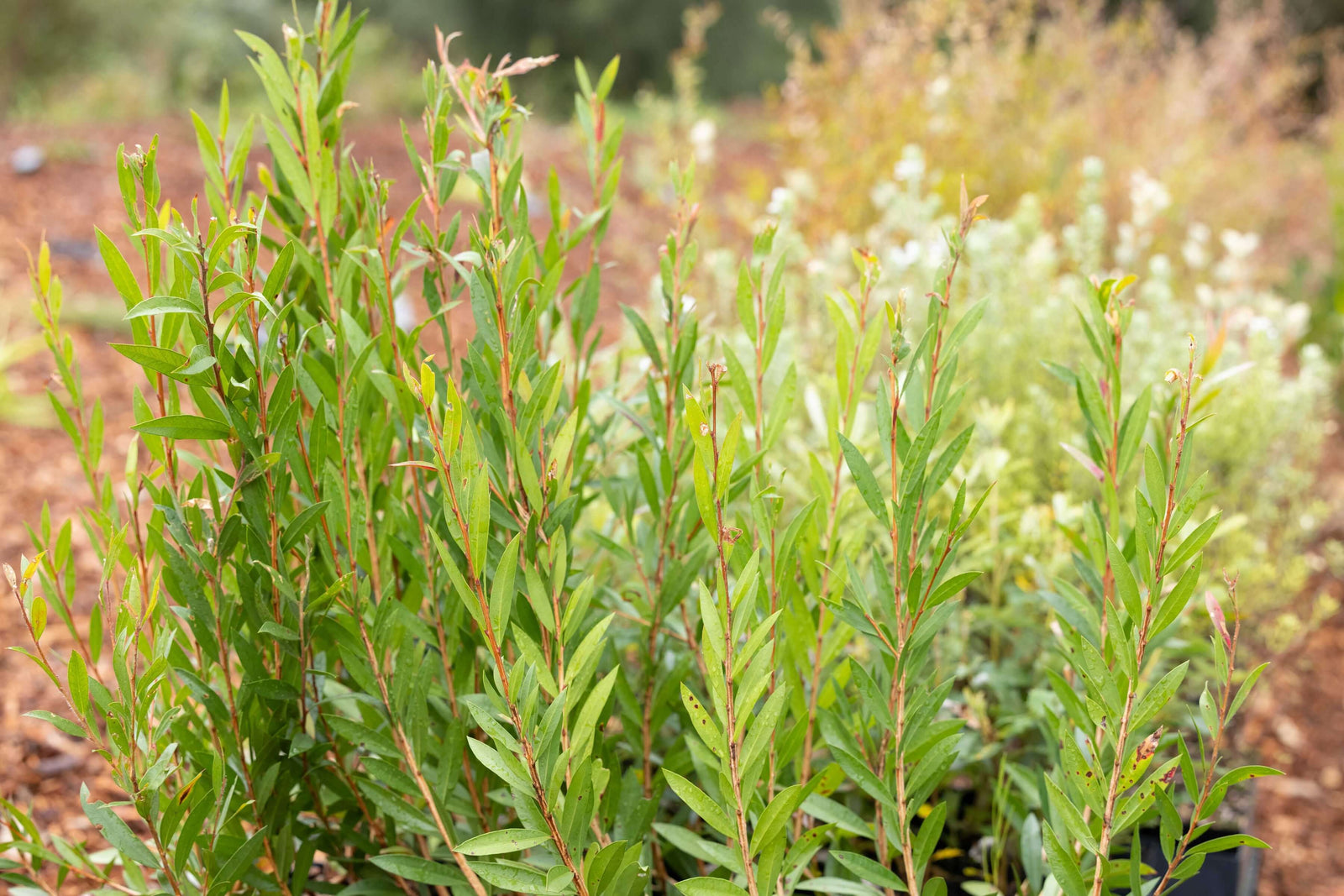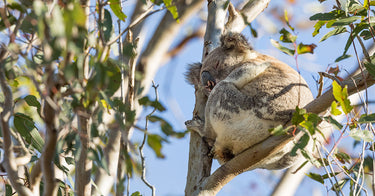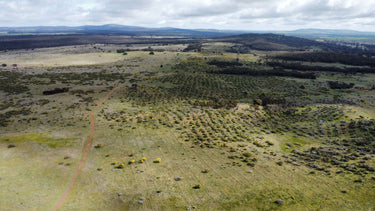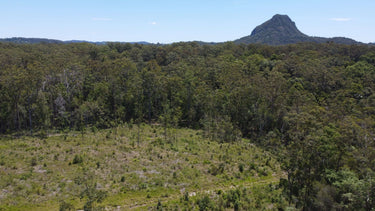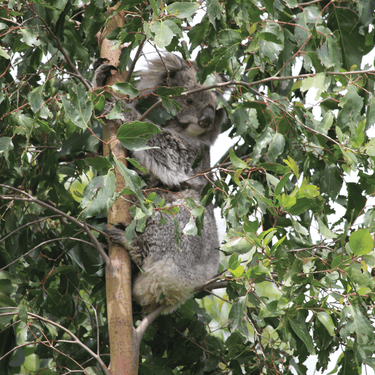Greenfleet's work restoring native ecosystems is critical for our iconic wildlife which is why we love World Wildlife Day. With over 550 legally protected native forests growing, we are building habitat and food sources for native animals in Australia and New Zealand.
This year, World Wildlife Day celebrates digital innovation in wildlife conservation. We look at what this means in Greenfleet's work and how we are utilising technology to further our restoration work.
What Is World Wildlife Day?
Each year, the United Nations recognises World Wildlife Day on March 3. This day acknowledges the importance of the world’s native animals and the vital role they play in maintaining the earth’s biodiversity. Countries around the world are encouraged to focus on protecting their native wildlife and work towards conservation efforts for animal habitat.
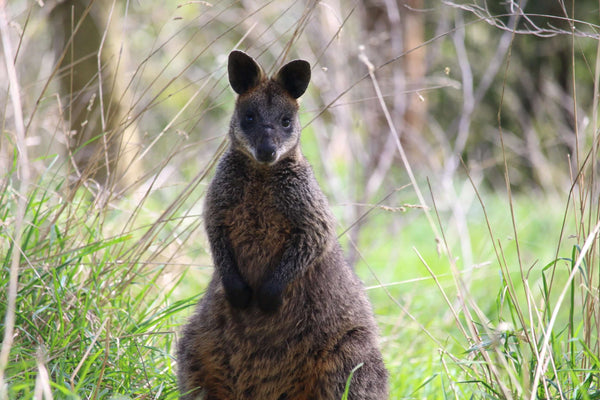
Greenfleet’s Habitat Restoration & World Wildlife Day
Greenfleet is passionate about protecting Australia’s iconic and unique wildlife. Our ongoing forest restoration work creates native wildlife habitat that is legally protected for up to 100 years.
Greenfleet is a not-for-profit organisation, protecting our climate by restoring our forests for over 25 years. We plant native biodiverse forests in Australia and New Zealand that are legally protected and grow to provide habitat for many species of wildlife, including those that are classified as endangered.
Since 1997, Greenfleet has planted more than 10.8 million native trees across over 550 forests that are protected for up to 100 years. By legally protecting the forests we create, we are ensuring long-term and sustainable habitat can be provided to wildlife. Our Revegetation Team plants native plant species in our forests, to provide food and habitat for local fauna species, some of which are endangered.
Here are some unique species benefiting from Greenfleet’s current nature restoration work
-
![]()
Spanning two sites located on Kabi Kabi Country in Queensland, Yurol and Ringtail make up around 1,000 hectares of land that Greenfleet is restoring to legally protected native forest in the Noosa Hinterland. This project is creating vital habitat for koalas and greater gliders which both listed as endangered in Queensland.
-
![]()
Ngulambarra is located on Dja Dja Wurrung Country in central Victoria. This forest will form part of the Wychitella Biolink, connecting conservation properties at Ngarri-Mt Egbert in the east and the Lawan Reserve to the west. The habitat will help local wildlife find homes, food and breeding opportunities. Species that will benefit from this work include birdlife such as the Shy Heathwren and Inland Thornbill, and the endangered Swift Parrot.
-
![]()
We are improving connectivity of existing koala populations on the floodplain of the Wilson River at Greentrees in Northern NSW. Koalas were spotted in trees planted only two years ago at this location which is on Bundjalung Country. More than 20 different locally native species were chosen for this project which also attracts nectar-feeding birds and native bats.
-
![]()
Located on Boonwurrung Country, the Strzelecki Nature Link is made up of four Greenfleet owned properties in South Gippsland. Once restored, it will form a 3.5-kilometre stretch of contiguous koala habitat. By planting locally native tree species, the establishment of the Strzelecki Nature Link will deliver climate action by removing carbon and ensure safe passage for wildlife, including the native Strzelecki Koala.
World Wildlife Day Theme
This year the World Wildlife Day theme is Connecting People and Planet: Exploring Digital Innovation in Wildlife Conservation.
The theme asks us to explore the diverse digital tools available that can enhance the conservation of our precious wild animals and plants.
At Greenfleet we use technological systems as part of our revegetation operations. We use satellite imagery and drones where possible to add additional data when checking on the health and growth rate of our forests. Drones also assist as we look for signs of emerging forest complexity, such as local birdlife.
Our restoration work also includes deploying seed drones at some of our forest projects. Aerial seeding may be utilised to plant seeds after an ecological cool burn event has occurred. This technique entails a drone flying over the revegetation area to evenly disperse seed. Through our revegetation approach at our project called Aroona, we partnered this technique with planting thousands of native seedlings.
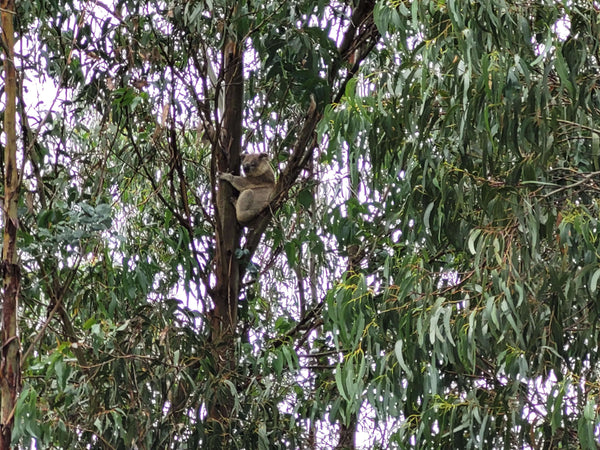
Spotlight On Our Koala Habitat
Our reforestation projects in 2023 included the creation of 493 hectares of new koala habitat, that will be legally protected through the rest of this century. Since 2021, we have restored nearly 1,000 hectares back to native forest that will provide food and homes to these iconic animals.
Our Revegetation Team utilise locally native species that will benefit the region’s wildlife. For example, in NSW and Queensland Blue Gum (Eucalyptus tereticornis) is a preferred food source for koalas and our team utilise this tree species where it is ecologically appropriate. Blue Gum is a preferred food source for koalas, insects and birds and grows up to 50 metres tall, making them an important addition to projects growing koala habitat. Planting native trees like this is pivotal, with koalas being endangered in Queensland, NSW and the ACT.
Learn more about Greenfleet’s work restoring koala habitat here.


